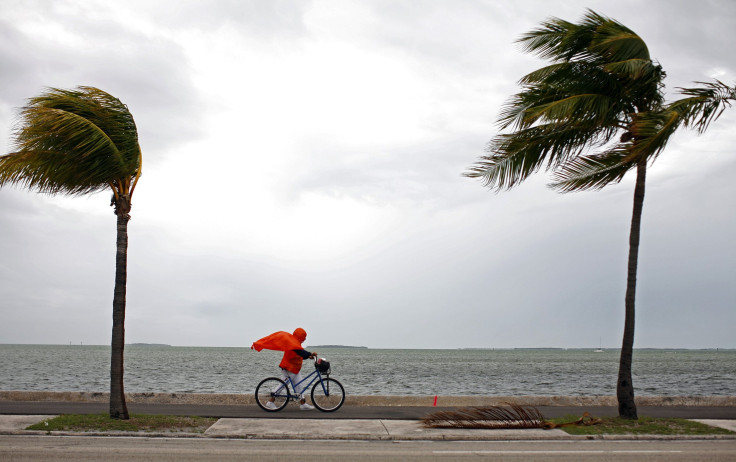Thanksgiving 2016 Weather: Tropical Storm Otto Could Become Hurricane, Threaten Central America

Would you like a side of tropical storm with your turkey?
Most people's focus this week will be on Thursday's Thanksgiving holiday, but maybe they should pay attention to the weather. The National Hurricane Center announced the formation of Tropical Storm Otto in the Atlantic Ocean on Monday.
The depression came together in the morning and was upgraded by 1 p.m. EST. At that time, it was about 175 miles east-southeast of San Andres Island and about 305 miles east of Bluefields, Nicaragua. It had maximum sustained winds of 50 mph but was "nearly stationary." The center hadn't issued any watches or warnings because of Otto.
"Additional strengthening is forecast during the next 48 hours, and Otto could become a hurricane during the next couple of days," the center wrote in its update. "Outer rain bands from Otto ... could result in life-threatening flash floods and mud slides."
The storm system could threaten Nicaragua, Costa Rica, San Andres and Panama, so people in those areas should monitor the storm and surf. Colombia, Honduras and El Salvador could see rain, strong winds and flooding, AccuWeather reported. Though storm paths are notoriously hard to predict, Tropical Storm Otto isn't expected to impact the United States.
#Otto has formed in western Caribbean - the latest date of formation in W Caribbean since Odette (2003) & 4th latest on record (since 1851). pic.twitter.com/3PBGUo4IeE
— Philip Klotzbach (@philklotzbach) November 21, 2016
Hurricane season for the Atlantic ends Nov. 30, making Otto a late storm. Florida has only ever seen tropical storms in November four times: In 1994, 1861, 1859 and 1852, according to NBC-2. The deadliest late-season tropical cyclone ever in the Atlantic was the Great Cuba Hurricane of 1932, which killed more than 3,000 people, Weather Underground reported.
Since the beginning of the Atlantic hurricane season this past June, there have been 14 named storms. Hurricane Matthew, in October, was the deadliest, with more than 40 deaths in the U.S. and more than 1,000 in Haiti.
© Copyright IBTimes 2025. All rights reserved.






















